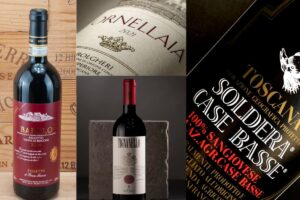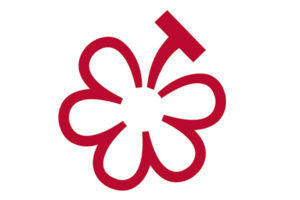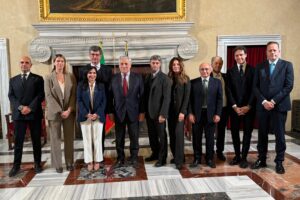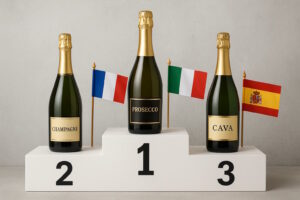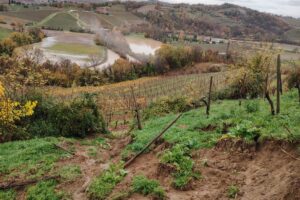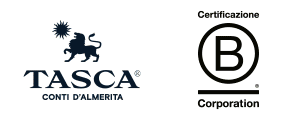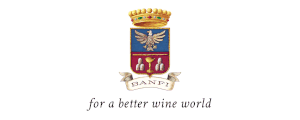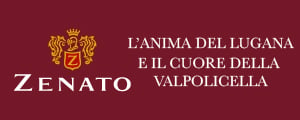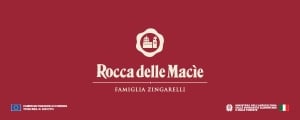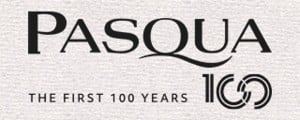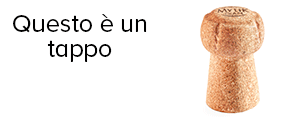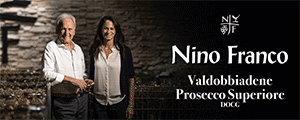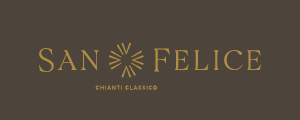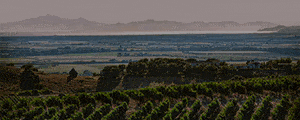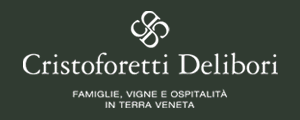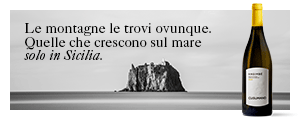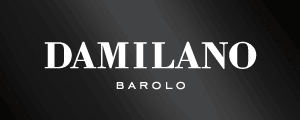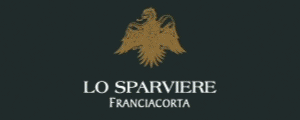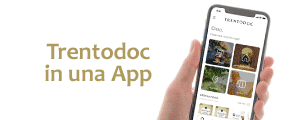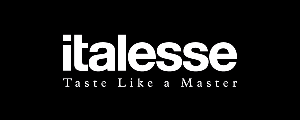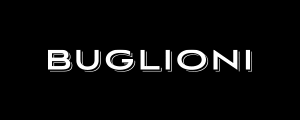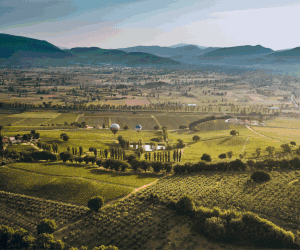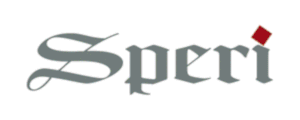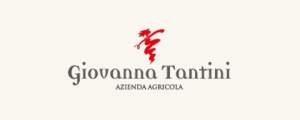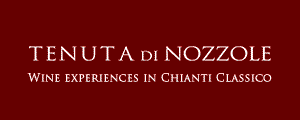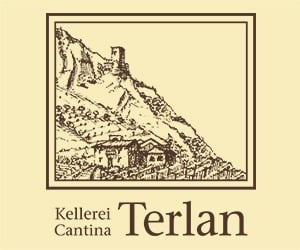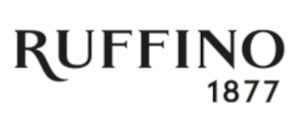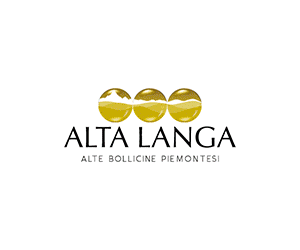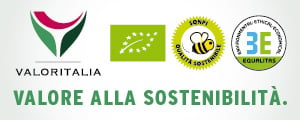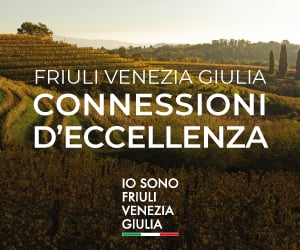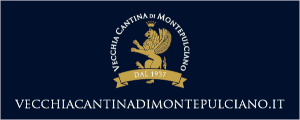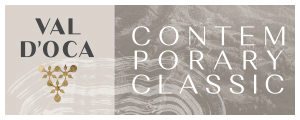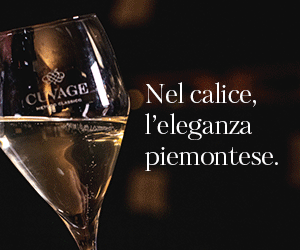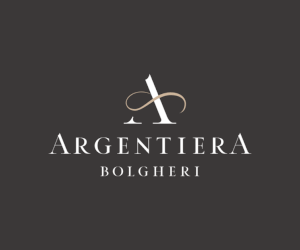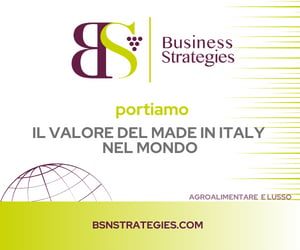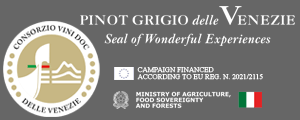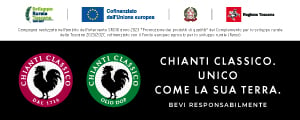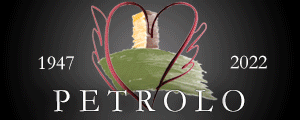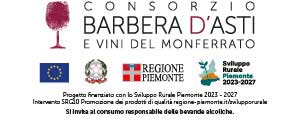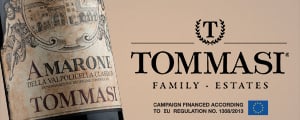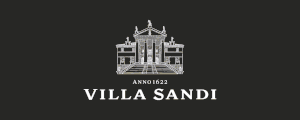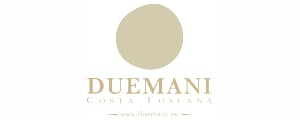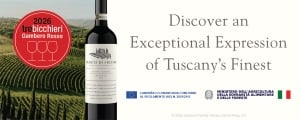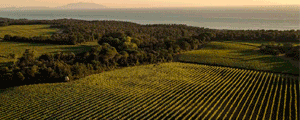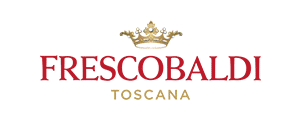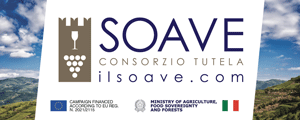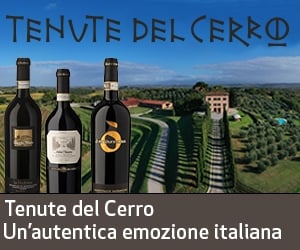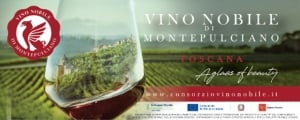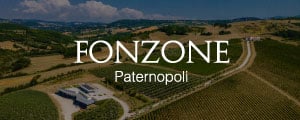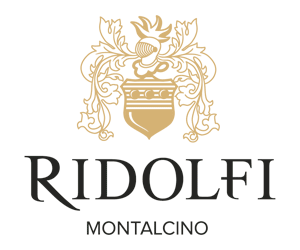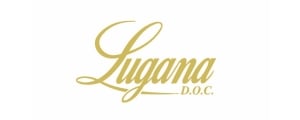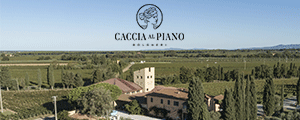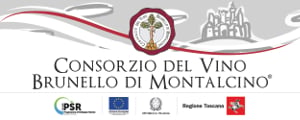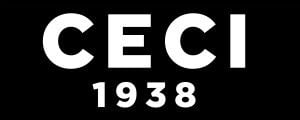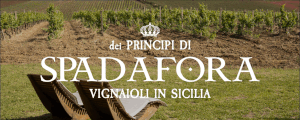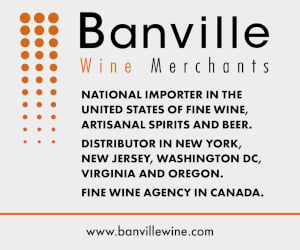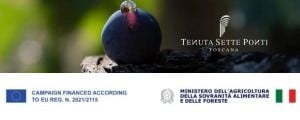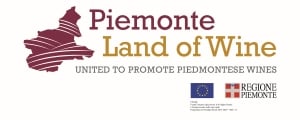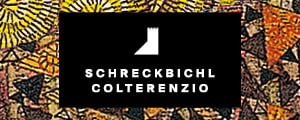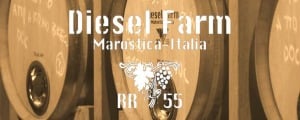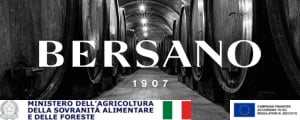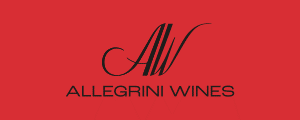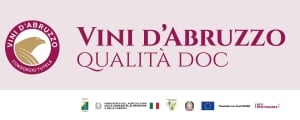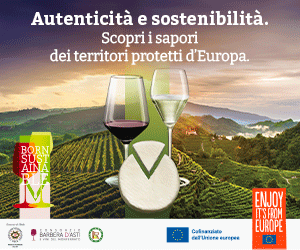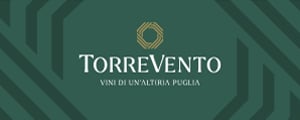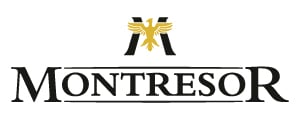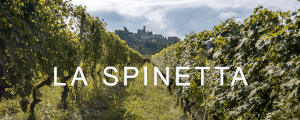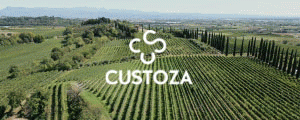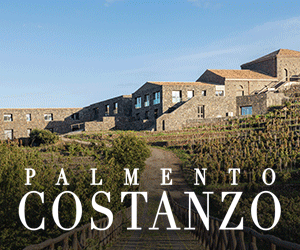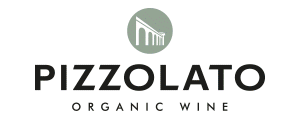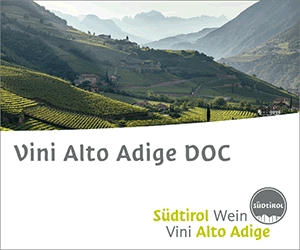Out of 344 EU Geographical Indications protected by the new partnership agreement between the European Union and the countries of Mercosur (Argentina, Brazil, Paraguay, and Uruguay), Italian food products are 58, from pasta to cured meats, from cheese to meat, from fish to oil, from fruit to vegetable, and, among these, even 31 are Geographical Indications of Italian wine, a “summa” of 15 DOCG wines (Asti, Barbaresco, Barbera d’Asti, Bardolino Superiore, Barolo, Brachetto d’Acqui, Brunello di Montalcino, Chianti, Chianti Classico, Conegliano Valdobbiadene Prosecco Superiore, Fiano di Avellino, Franciacorta, Greco di Tufo, Vernaccia di San Gimignano, and Vino Nobile di Montepulciano), 10 Cdos (Barbera d’Alba, Bardolino, Dolcetto d’Alba, Lambrusco di Sorbara Rosso, Lambrusco di Grasparossa di Castelvetro, Marsala, Montepulciano d’Abruzzo, Prosecco, Soave, and Valpolicella), and 6 Tgis (Campania, Emilia, Marca Trevigiana, Sicily, Tuscany, and Veneto). Denominations for which the new agreement will eliminate the current duty of 27% applied from the four countries of Latin America on EU wine.
A market, in truth, which is still too small, seen that, as recalled by Ceev - Comité Européen des Entreprises Vins (of which, for Italy, Unione Italiana Vini - Uiv, and Federvini are part), headed by Marzia Varvaglione, in the last campaign, exports of EU wine to Brazil (first buyer among the four countries) overcame 200 million euros with an increase of 41% in the last 5 years, while those towards Mexico reached a similar level (198 million euros), even if “both represent dynamic markets with a strong growth potential”. According to Observatory Unione Italiana Vini - Uiv, Brazil closed the first semester 2025 with a trend growth in value of orders of Italian wine by 5.5%, at 18.5 million euros with still/sparkling at +8.5%. A market, which, also due to duties, is dominated by Chilean producer (186 million euros in 2024), and Argentinian wines (90 million euros), and whose first supplier is Portugal (75 million euros), followed by France (50 million euros), and Italy with 40 million euros.
If, considering wine export in Latin America, Italy gets a “running start” compared to Transalpines, at least in the number of Geographical Indications represented, the two producing countries are evenly matched. Also GIs of French wine protected by the partnership are 31, and include names such as Vin d’Alsace, Anjou, Beaujolais, Bordeaux, Bourgogne, Cahors, Chablis, Champagne, Châteauneuf-du-Pape, Côtes de Provence, Côtes du Rhône, Côtes du Roussillon, Fronton, Graves, Irouléguy, Languedoc, Madiran, Margaux, Médoc, Pauillac, Pays d’Oc, Pessac-Léognan, Pomerol, Pommard, Romanée-Conti, Saint-Emilion, Saint-Estèphe, Saint-Julien, Sauternes, Touraine, and Val de Loire.
And, there are also spirits: French GIs of this category protected by Mercosur are Armagnac, Calvados, Cognac, Rum Guadeloupe, and Ruum Martinique, while, for Italy, the only spirit inserted in the list is grappa, and, in this case, the agreement would foresee a reduction in customs tariffs up to 35%. “Although it can’t make up for the damage caused by the imposition of U.S. tariffs, the opening of South American markets represents a major opportunity for our producers”, declared Sebastiano Caffo, president of Consorzio Nazionale Grappa.
According to the European Commission, Mercosur agreement “will create the largest zone of free trade in the world covering a market of over 700 million consumers”, estimating also that “agrifood exports of the Eu in this zone will grow by almost 50%, particularly for wine and alcoholic drinks (up to 35%), chocolate (20%), and olive oil (10%)”. Yet, unlike the wine sector, the Italian agricultural world was not very pleased with the agreement: in particular, both Confagricoltura and Coldiretti have raised concerns about unfair competition and food safety. Among the products of Italian agrifood - inserted among 344 European Geographical Indications recognized, and protected by the agreement, there are, in any case, Aceto Balsamico di Modena, and Aceto Balsamico tradizionale di Modena among vinegars, Bresaola della Valtellina, Culatello di Zibello, Mortadella Bologna, Pancetta Piacentina, Prosciutto di Parma, Prosciutto San Daniele, Prosciutto Toscano, Salamini Italiani alla Cacciatora, and Zampone Modena among meat, Asiago, Fontina, Gorgonzola, Grana Padano, Mozzarella di Bufala Campana, Pecorino Romano, Parmigiano Reggiano, Provolone Valpadana, and Taleggio among cheese, Toscano, and Aprutino Pescarese among oils, Cantucci Toscani, and Pasta di Gragnano in the category pasta and pastry, and Mela Alto Adige-Südtiroler Apfel, and Pomodoro San Marzano dell’Agro Sarnese-Nocerino for fruit and vegetables.
Copyright © 2000/2025
Contatti: info@winenews.it
Seguici anche su Twitter: @WineNewsIt
Seguici anche su Facebook: @winenewsit
Questo articolo è tratto dall'archivio di WineNews - Tutti i diritti riservati - Copyright © 2000/2025












